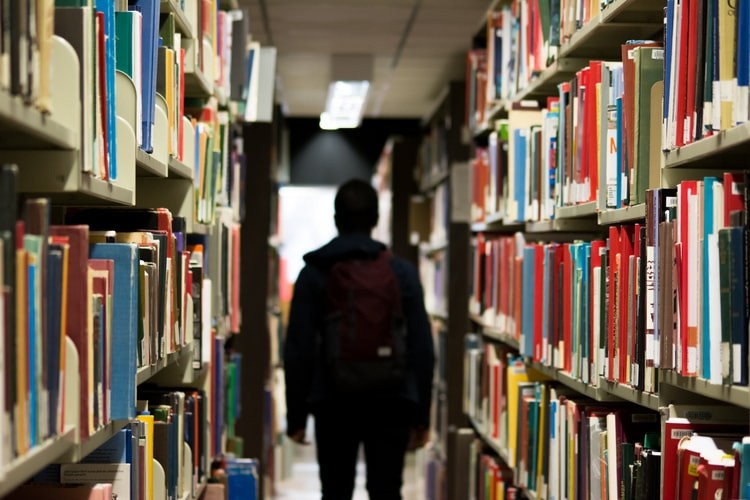Here's What Doctors Say About In-Person School Reopening Amid COVID-19 Pandemic
The federal government is pushing state and local officials to reopen in-person classes this fall. However, experts and doctors revealed significant benefits and laid down some cautions.

Experts and doctors said there is a need to provide a safe learning environment for students, teachers, and administrators. They said there is sufficient evidence that showed children are less susceptible to get coronavirus disease 2019 (COVID-19) compared to adults.
It was also found that even those, who have been infected in children, are very rare to develop complications that need or require serious hospitalization, according to a published article by the NBC News.
However, this does not mean that schools and children are exempted from not following social distancing, wearing of face masks, proper handwashing, and other health and safety measures against COVID-19, especially if the in-person classes will be pushed through this fall.
Dr. Jennifer Lighter, a pediatric infectious disease specialist at NYU Langone Health in New York, said getting back the children to schools should not be a debate. However, she stressed that getting back the students to school safely must be well-thought-out.
Lighter added that having students physically present in schools in the fall would be an ideal situation. But she said the schools should have policies that would allow students to practice social distancing and other health and safety measures against COVID-19.
These policies include decreasing class sizes and rearranging desks to ensure that children are not clustered together or facing one another, as well as measures in doing recreational activities and moving gym classes.
According to the U.S Centers for Disease Control and Prevention (CDC), children comprise 22 percent of the country's total population. The good thing is kids are only two percent of COVID-19 cases in the country so far.
Dr. C. Buddy Creech, an associate professor of pediatrics at Vanderbilt University Medical Center in Nashville, Tennessee, noted that it is not yet known as what accounts for that disparity.
Creech said this pandemic is very strange because children are the first and most substantially affected for respiratory viruses, but the new coronavirus has mostly affected adults.
Dr. William Raszka, a pediatric infectious disease specialist at the University of Vermont's Larner College of Medicine, also said it is also unknown how and why the risks are not the same for all young people.
There are also signs that adolescents with have pre-existing medical conditions are at similar risks of infections as with adults.
"Once you get to high school age, you're going to be a little bit more concerned, [and] once you're in college-age, you're going to be a lot concerned," Creech said. This means that the younger you are, the less likely you are to catch the virus.
Experts and doctors suggest that schools will have to keep these differences in mind as they craft their safety procedures for in-person school reopenings.
Check these out!
Subscribe to Latin Post!
Sign up for our free newsletter for the Latest coverage!
© 2025 Latin Post. All rights reserved. Do not reproduce without permission.















